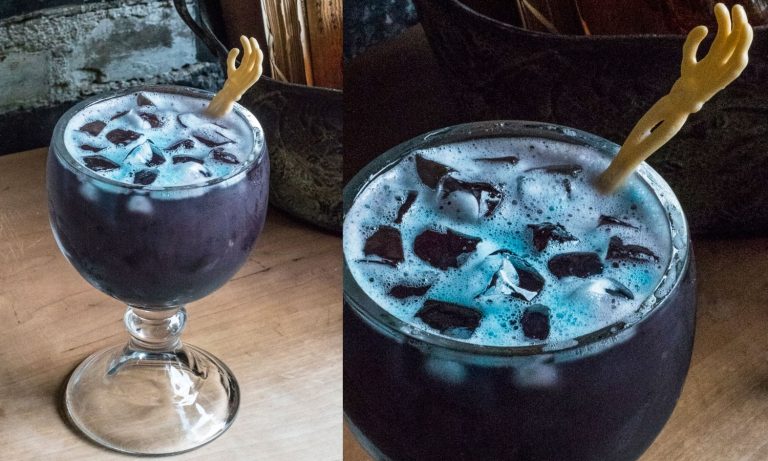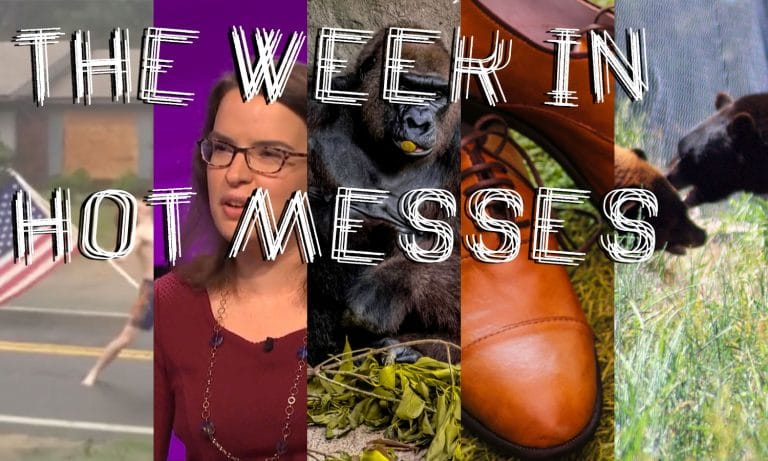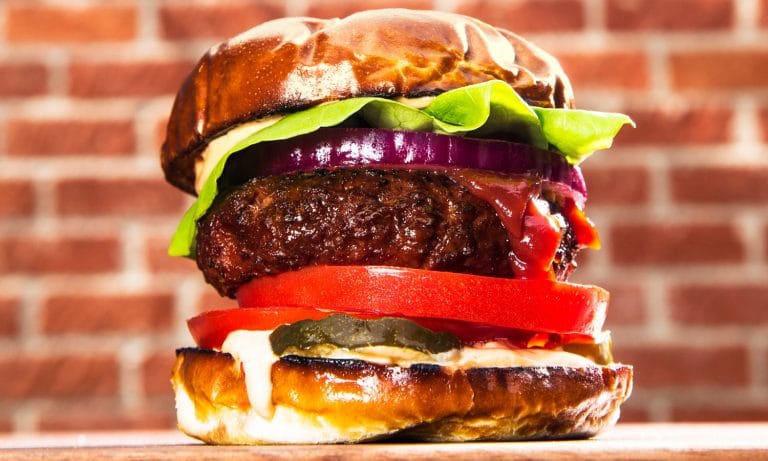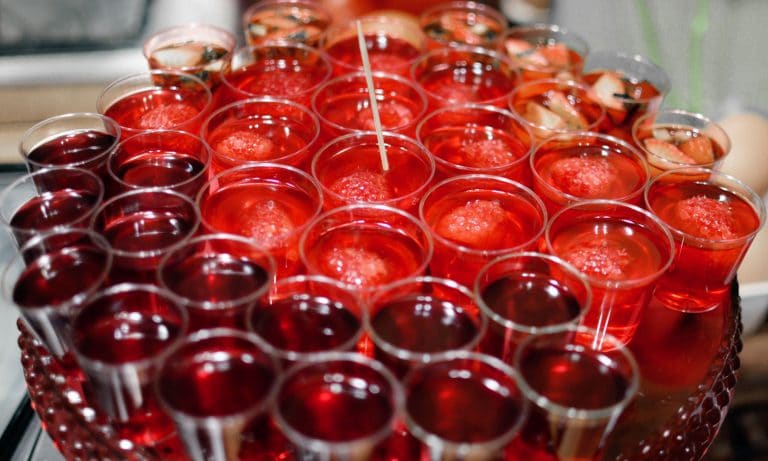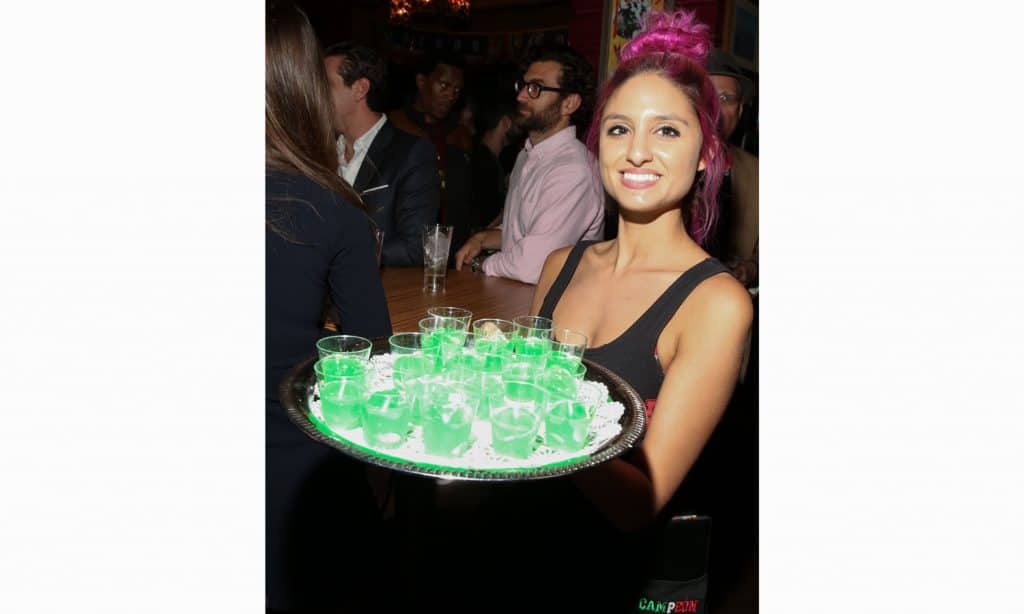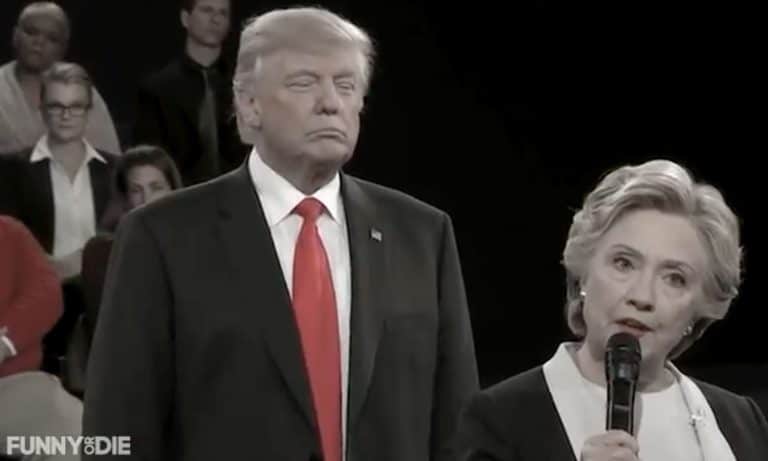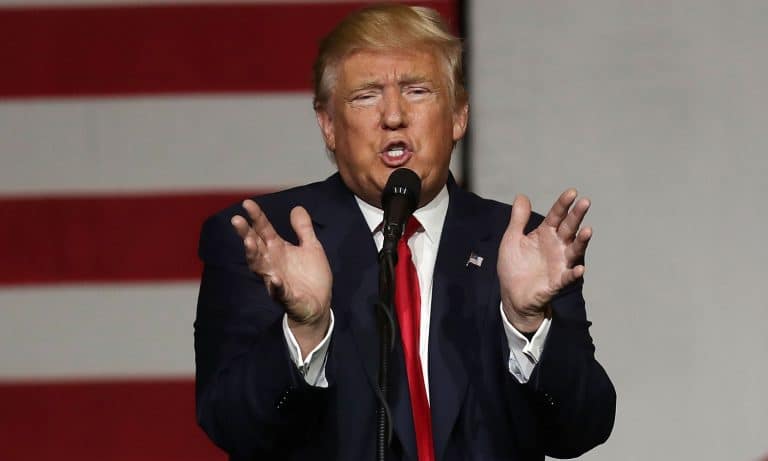Alternative meats aren’t just for vegans and vegetarians anymore. If you’re an omnivore who enjoys veggie burgers, you can probably tell the difference between Morning Star and cattle beef. Even within meatless communities, alternatives that taste strongly like meat are frowned upon. Fortunately, meat lovers no longer have to compromise flavor.
“Fake meats tend to be neutral in taste and flavor, apart from a standard saltiness,” explained vegan blogger Heather Lawless of the Lawless Vegan. “As many commercial meats are soy-based, they absorb the flavor of the dish they are incorporated into. From a texture perspective, popular commercial fake meats (hot dogs, burgers, “chick’n”) can often be very similar to the ‘real thing.’”
Whole Foods Markets and similar grocers now offer the Beyond Burger, which “bleeds” like cattle beef, by alternative meat producer Beyond Meat. Whole Foods within the Denver metropolitan were the first to offer the Beyond Burger this past May, but the dish has since expanded to select stores in New Mexico, Idaho, Kansas, Utah, northern Virginia, and Maryland. The company also offers chicken strips, beef crumbles and single-serve dishes.
Celeb chef David Chang began serving the Impossible Burger at his restaurant Momofuku Noodle Bar this summer. Similarly to the Beyond Burger, this patty also bleeds and tastes significantly more like meat compared to veggie burgers in the past. Forbes reports the Impossible Burger is now available on the West Coast in Los Angeles and San Francisco.
Although animal activists have fought against animal cruelty — especially within factory farms — for decades, the health and environmental benefits also attract non-vegans and meat eaters. Science-oriented food documentaries like Forks Over Knives and Cowspiracy, available on Netflix, provide more in-depth analysis of the health and environmental impacts of the animal industry on food and culture.
The Impossible Burger uses 95 percent less land, 74 percent less water, and 87 less greenhouse gas emissions compared to a standard beef burger. Additionally, the burger is composed of simple, natural ingredients like coconut oil, wheat and potatoes.
Besides, plant-based protein is quickly replacing the need for animal protein in the food industry. Conscious consumers, especially millennials, recognize vegetables can be a more valuable and healthier option compared to animal agriculture.
“I think everyone just loves burgers… omnivores, vegans, kids, grandparents,” adds vegan chef and author Isa Chandra Moskowitz. “Since animal agriculture is unsustainable, we’re looking at a lot more vegan foods. I think it will take a more natural, familiar, less processed form using beans, grains, veggies, and stuff like that.” To learn how to make your own veggie burger, check out Moskowitz’s recipes on the Post Punk Kitchen.
Traditional meat producers recognize how economically powerful the alternative just-like-the-real-thing meat trend could quickly become. Eater reports Tyson Foods purchased five-percent ownership of Beyond Meat. After their dispute with Hampton Creek (famous for Just Mayo), Hellman’s released their own version of eggless mayonnaise.
According to Latest Vegan News, plant-based foods were named the top trend of 2016 by Mintel, a London-based marketing research firm. Nearly a third of millennials consume one alternative meat product a day. Since meat products sales are expected to increase in the billions within the next five years, meatless consumers are also anticipated to increase as well.
Market research aligns with the upward trend of plant-based dishes. Food Business News explains plant butchery is a hot trend to look out for in 2017. Likewise, we can expect more vegan markets like the Minneapolis-based Herbivorous Butcher.
If you prefer to venture to a plant-based restaurant, and live outside of the Impossible Food and Beyond Meats radius, check out Happy Cow — a website similar to Yelp, but for a directory of exclusively vegan and vegetarian restaurants.

